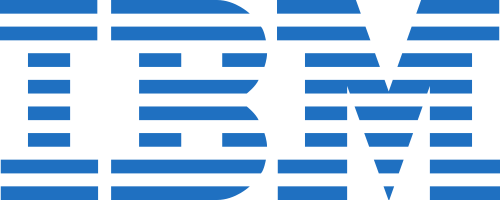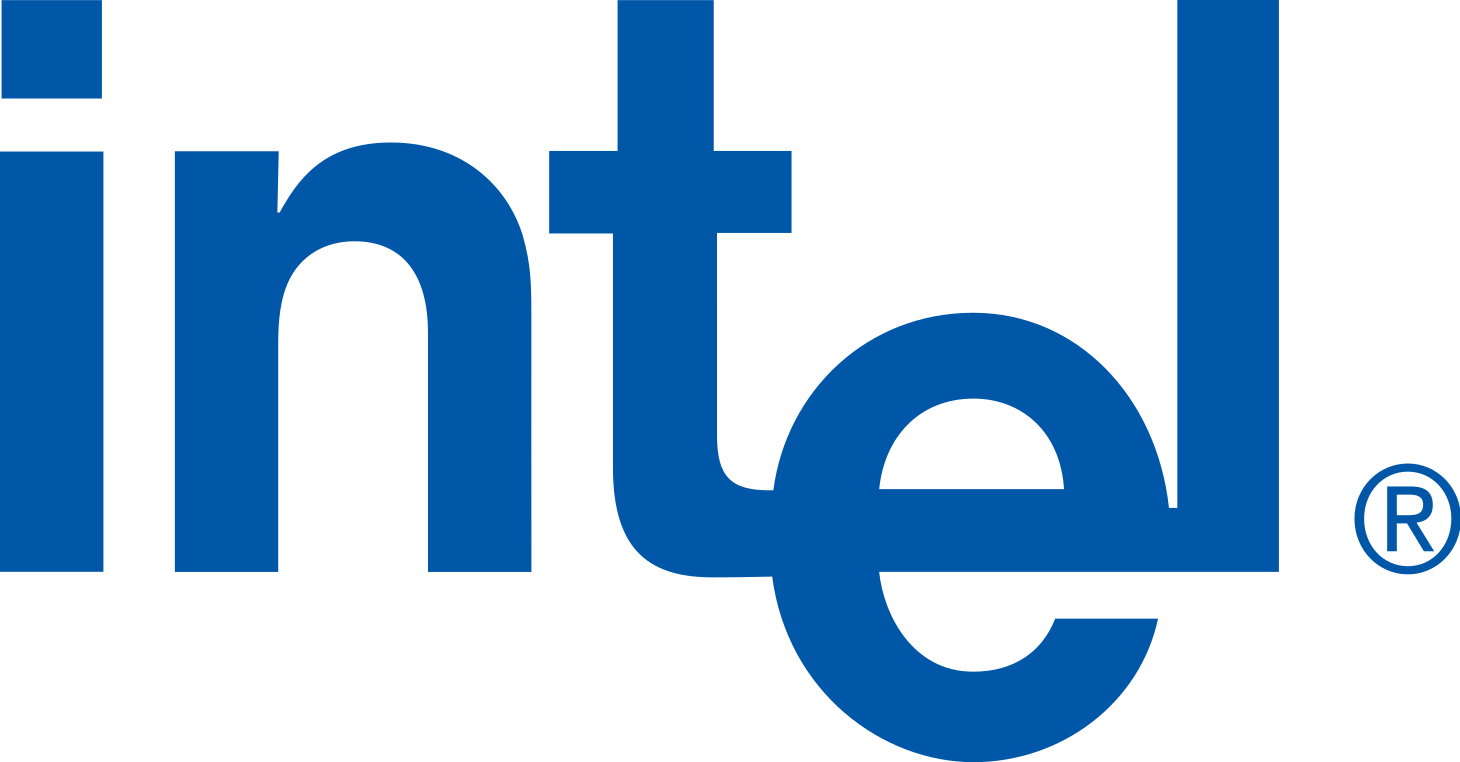Difference Between IBM and Intel
There is no better kept secret than the microprocessors that control the flow and manipulation of everything that goes inside the computer system. Intel is probably the only household name that comes to mind when it comes to computer chips. Intel is undoubtedly the dominant chip maker in the world and a technology giant. The microprocessor is the heart of any computer, whether it’s a desktop machine, a laptop, or a server. From the development of first commercially viable microprocessor in the early 1970’s to today’s range of handheld devices and the notebooks of tomorrow, Intel has established itself as a leader in the technology arena. The majority of IBM’s PCs and low-end servers have used Intel processors. IBM PCs and servers have evolved from the Intel’s 8088, 286, 386, and 486 chips to the more advanced and powerful 32-bit and 64-bit microprocessors of today. In a nutshell, Intel is a chip maker and IBM is a services company that also designs microprocessors.

What/who is IBM?
International Business Machines Corporation, or IBM, is a global information technology and consulting company with more than 380,000 employees serving clients in over 170 countries around the world. Headquartered in Armonk, New York, IBM is a leading cloud platform focused on Cloud and Cognitive computing solutions. Large corporations and governments began using IBM’s products before 1900. IBM computers served as a pinnacle of global computing for decades even before the inception of the Internet in the 1990s. Nicknamed “Big Blue”, IBM started as the Computing Tabulating Recording Company (CTR) specialized in punched-card technology in 1911, but over the years, became the dominant company in the computer industry. From electromechanical devices and punched cards to integrated semiconductor circuits and magnetic disk storage devices, IBM now rules the digital world.

What/who is Intel?
Intel is one of the most recognized and profitable technology companies in the world specializing in microprocessors. Intel is the future of computing and communications that prides itself on providing technologies and solutions to customers around the world. Headquartered in Santa Clara, California, Intel Corporation is the second largest chip manufacturer in the world behind Samsung. Intel was founded in 1968 by Robert Noyce and Gordon Moore. Intel has had some great leaders who have built the company and shaped it around a high-performance culture. The first big break of the company came when Intel’s chip was selected to the power the IBM PC, which went on to become the standard industry architecture, and the rest is history. Today, Intel is a leading semiconductor firm and a global leader among the technology companies in the world.
Difference between IBM and Intel
Profile
– Nicknamed Big Blue, International Business Machines Corporation (IBM) is a computer, information technology and consulting company with headquarters in Armonk, New York. IBM has more than 380,000 employees serving clients in over 170 countries around the world. IBM specializes in Cloud and Cognitive computing solutions. Intel is a leading semiconductor firm and one of the most profitable technology companies in the world specializing in microprocessors. Headquartered in Santa Clara, California, Intel Corporation is the second largest chip manufacturer in the world behind Samsung.
Portfolio
– Intel is a dominant chip maker with a decade-long successful run of its “Intel Inside” and Pentium brands which placed it among the top global names in the technology industry. Intel has a diverse portfolio of products including motherboard chipsets, graphics cards, embedded processors, flash memory, integrated circuits, along with chips for consumer electronics and mobile devices. IBM has a much broader approach to its portfolio of products. IBM is a leading IT services and consulting company that also manufactures microprocessors. IBM sells high-end servers and mainframes powered by its own Power processors.
Power vs. x86 Processor
– The Intel x86 processor represents the next-generation of CPU architecture used in most desktop and laptop computers, including mid-range and small servers. Most of the today’s servers and workstations use x86 processors. IBM Power processors, on the other hand, are designed for data-intensive workloads and perform at industry-leading levels of efficiency. A Power CPU has four times the threads of x86 processors and three times the memory bandwidth and six times the cache of x86 processors. The Power processors support multiple virtual memory page sizes, which aids in extreme workloads for data processing.
Data Centers
– Intel relies considerably on its data center revenues and for years Intel has dominated the data center chip market, which continues to grow. Intel’s Xeon architecture is at the heart of data centers aiding in superior data-intensive workloads. They are known for their high-performance computing, especially AI-intensive workloads. IBM dominates the cognitive computing space with its enhanced Power9 processor which delivers superior performance and availability for data centers. It’s designed to meet today’s most data-intensive workloads, with specialized focus on AI and machine learning.
IBM vs. Intel: Comparison Chart

Summary of IBM vs. Intel
Intel is the second largest chip maker in the world behind Samsung and IBM is an IT services and consulting company that also designs microprocessors. IBM sells high-end servers and mainframes powered by its own Power processors. Intel is the future of computing and communications that prides itself on providing technologies and solutions to customers around the world. However, the IBM Power processors are more efficient and powerful than Intel x86 architecture, delivering superior performance for data-intensive workloads. Intel is a household name which has established itself as a leading player in the technology arena.
- Difference Between Caucus and Primary - June 18, 2024
- Difference Between PPO and POS - May 30, 2024
- Difference Between RFID and NFC - May 28, 2024
Search DifferenceBetween.net :
1 Comment
Leave a Response
References :
[0]Image credit: https://upload.wikimedia.org/wikipedia/commons/thumb/5/51/IBM_logo.svg/500px-IBM_logo.svg.png
[1]Image credit: https://en.wikipedia.org/wiki/File:Intel_old_logo.svg
[2]Cortada, James W. IBM: The Rise and Fall and Reinvention of a Global Icon. Cambridge, Massachusetts: MIT Press, 2019. Print
[3]Jackson, Tim. Inside Intel. United Kingdom: HarperCollins, 2017. Print
[4]Fox, G., et al. New Frontiers in High Performance Computing and Big Data. Amsterdam: IOS Press, 2017. Print

Can we compare the performance parameters/benchmarks of nearest matching processors from both Intel & IBM ?
Can we compare these basis the core, cache, clock speed etc. as a common ground ?
Please share some more insights around it, would appreciate that.